The World’s Most Lightning-Prone Place Has the World’s First Lightning Forecasts
The cause of the Catatumbo Lightning is no longer a mystery.

Lightning over Lake Maracaibo. (Photo: Thechemicalengineer/CC BY-SA 3.0)
For centuries, the lightning that lit up the skies above Lake Maracaibo, night after night, was a mystery. The Beacon of Maracaibo, it’s been called, or the Catatumbo Lightning, after the river that pours into the lake where the lightning is most intense. There can be as many as 280 strokes of lightning per hour here: in all the world, this place in Venezuela has the most frequent, densely spaced lightning.
But a team of scientists think they have the answers. In fact, they now understand the lightning system so well that they can create lightning forecasts for months at a time and have set up an early warning system to alert people in the area of impending danger.
Ángel Muñoz, one of the team’s lead scientists, was born in Maracaibo, so when he started doing climate physics, it was natural for him to try to understand the lightning. Starting in 1998, he went looking for its underlying causes. Why is the lightning so frequent? Why is it located where it’s located?
At the beginning, he and his colleagues thought the lightning could be random. At another point, they thought it might have to do with the methane. Under the Maracaibo basin is a giant oil and gas field—one of the resources that gives Venezuela the largest oil reserves of any country on the planet.
But, if that were the case, they would find the lightning occurring with some measurable randomness. Instead, the lightning kept to a schedule, often starting around sunset and stopping in the early morning hours, before sunrise. Finally, they found the key: an air current that Muñoz likens to “a tide of winds.”
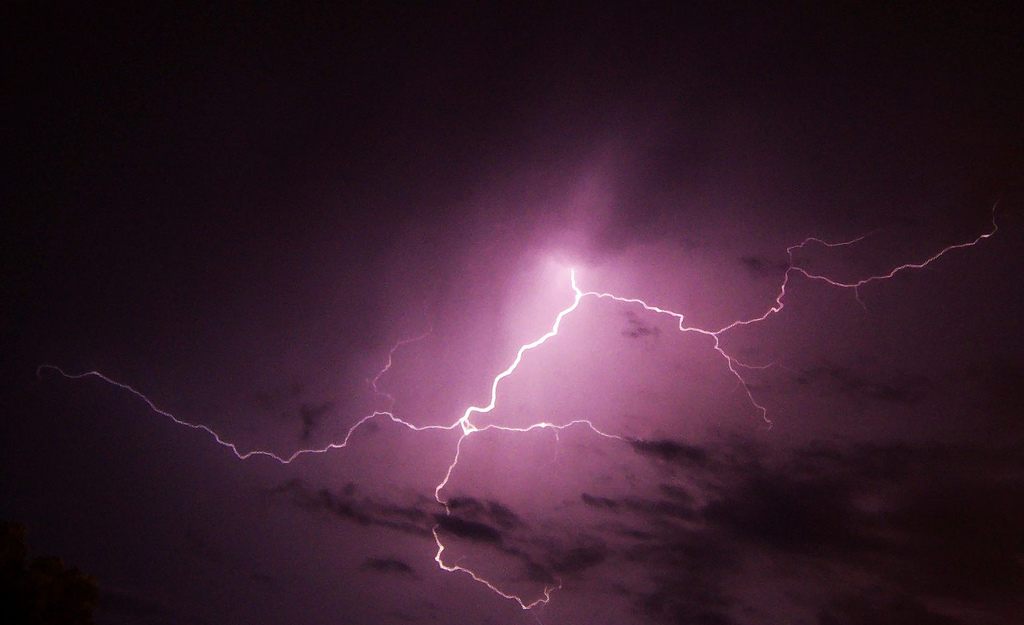
Catatumbo lightning. (Photo: trekman/Flickr)
Lightning requires two basic ingredients, moisture and lifting force. The air current that the scientists discovered sweeps moisture from the Caribbean Sea over the Maracaibo basin, between the surface of the land or lake and the base of the clouds above. (If you look on a map, Lake Maracaibo is just about due south of Haiti and the Dominican Republic; the lake has an outlet to sea on the north coast of South America.) When that air current, which they call the Lake Maracaibo low level jet, hits the mountains it’s trapped. There’s nowhere to go but up.
Up the air and moisture go, so fast that there’s an unusually strong convection upwards—the movement creates large, lightning-ready thunder clouds. But at other times of the day, the winds switch direction, and blow the clouds away. “It’s like the natural clock of the Maracaibo basin,” says Muñoz, who is affiliated with climate research programs at both Columbia University and Princeton University. It’s so regular that, once he and his colleagues understood the mechanism, a forecast was a natural next step. “If it’s that precise and predictable, you just take advantage of it,” he says.
Earlier this year, the team of scientists published the first ever paper showing that it’s possible to forecast lightning at least three months in advance. (They think they could go further, but they’re being conservative.) The forecast ties the daily working of the low level jet to seasonal fluctuations in moisture and other climatic variables. They can’t actually predict lightning, but they can predict conditions that have a very high probability of producing lightning.
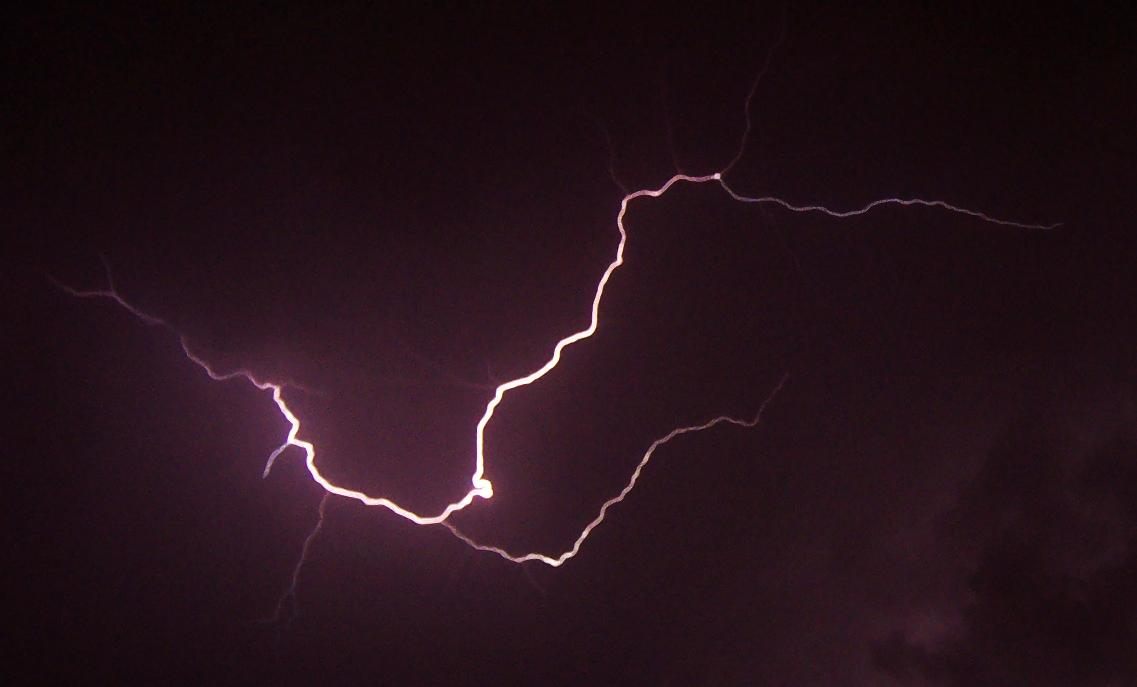
Lightning strikes up to 280 times per hour. (Photo: trekman/Flickr)
In June, they launched Phase 1 of an early warning system that will alert people in the area when there’s likely to be dangerous lightning. In this part of the world, people die from lightning strikes at a rate three times higher than in the continental U.S.; cattle operations lose their stock when cows are struck by lightning; the oil industry has to shut down operations for hours when there’s a lightning hazard. Being able to plan around lightning dangers—and to be more confident of going out on the lake when it’s clear—could make a dramatic difference in both economic efficiency and quality of life in the lake basin.
“I remember my mother and grandmother saying, ‘Don’t go out to play next to the lake because there might be lightning,’” says Muñoz. In the places where the scientists do their fieldwork, they’ve become close with local families; they know people who have died because of lightning.
The early warning system is still in the testing phase and they’ll run it for six more months to make sure it’s working properly. If it does, the Catatumbo lighting will not longer be so alluringly enigmatic—a strange and inexplicable bright spot on the globe. It’ll be an unusual but fairly predictable natural wonder. The show the lightning puts on, though, will be just as good.
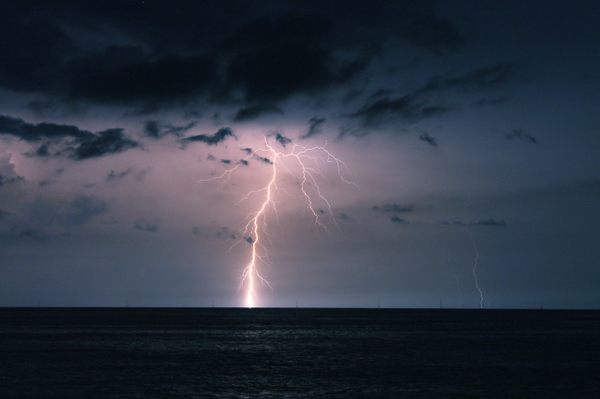

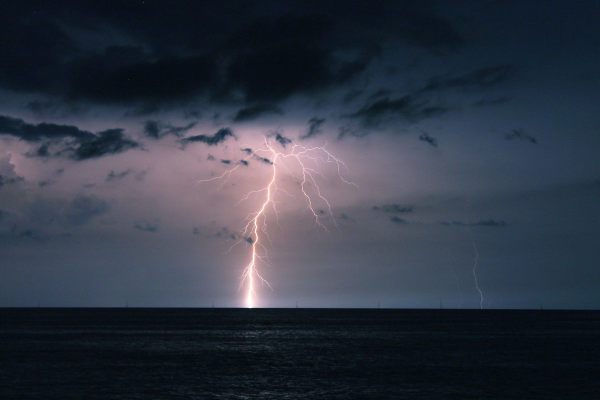
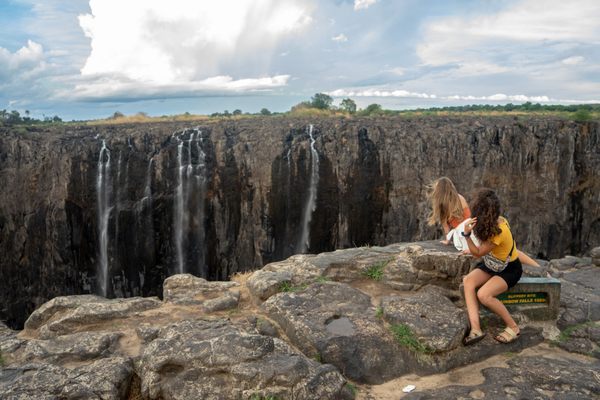




















Follow us on Twitter to get the latest on the world's hidden wonders.
Like us on Facebook to get the latest on the world's hidden wonders.
Follow us on Twitter Like us on Facebook